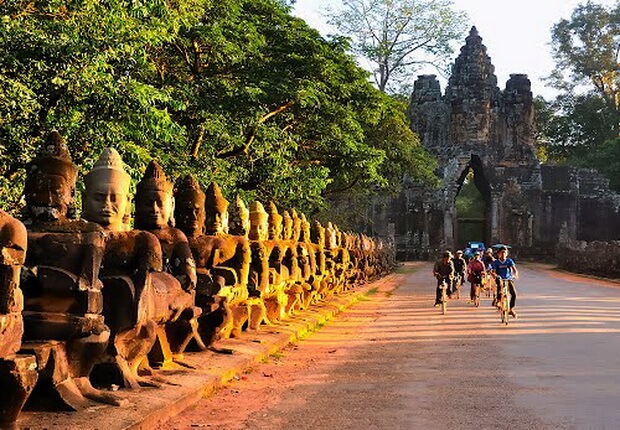
Siem Reap is the most famous tourist city in Cambodia that located in northwestern of this country. Siem Reap annually welcomes millions of tourists from all over the world to admire the ancient ruins immensely popular here. Siem Reap is home to the main tourist attraction in Cambodia by its location near Angkorian temples the most. Most of the temples detected as Angkor Wat was built in the early 12th century during the dynasty of king Suryavarman II. In addition, it has a Chinatown in the Western Quarter, around the old market area. The city also has theater to perform Apsara dance, craft shops, silk farms and paddy fields of rural areas and villages near the Tonle Sap Lake. At night, the streets of Siem Reap become brilliant with electric lights. Guests comfortably walk in the street, go shopping in the night market or enjoy a cup of coffee in loud and boisterous Western Quarter. But visitors still can feel the peace and charm of this ancient city. From the temples to the ancient houses, visitors can relax and be immersed in pianissimo atmosphere of Siem Reap.